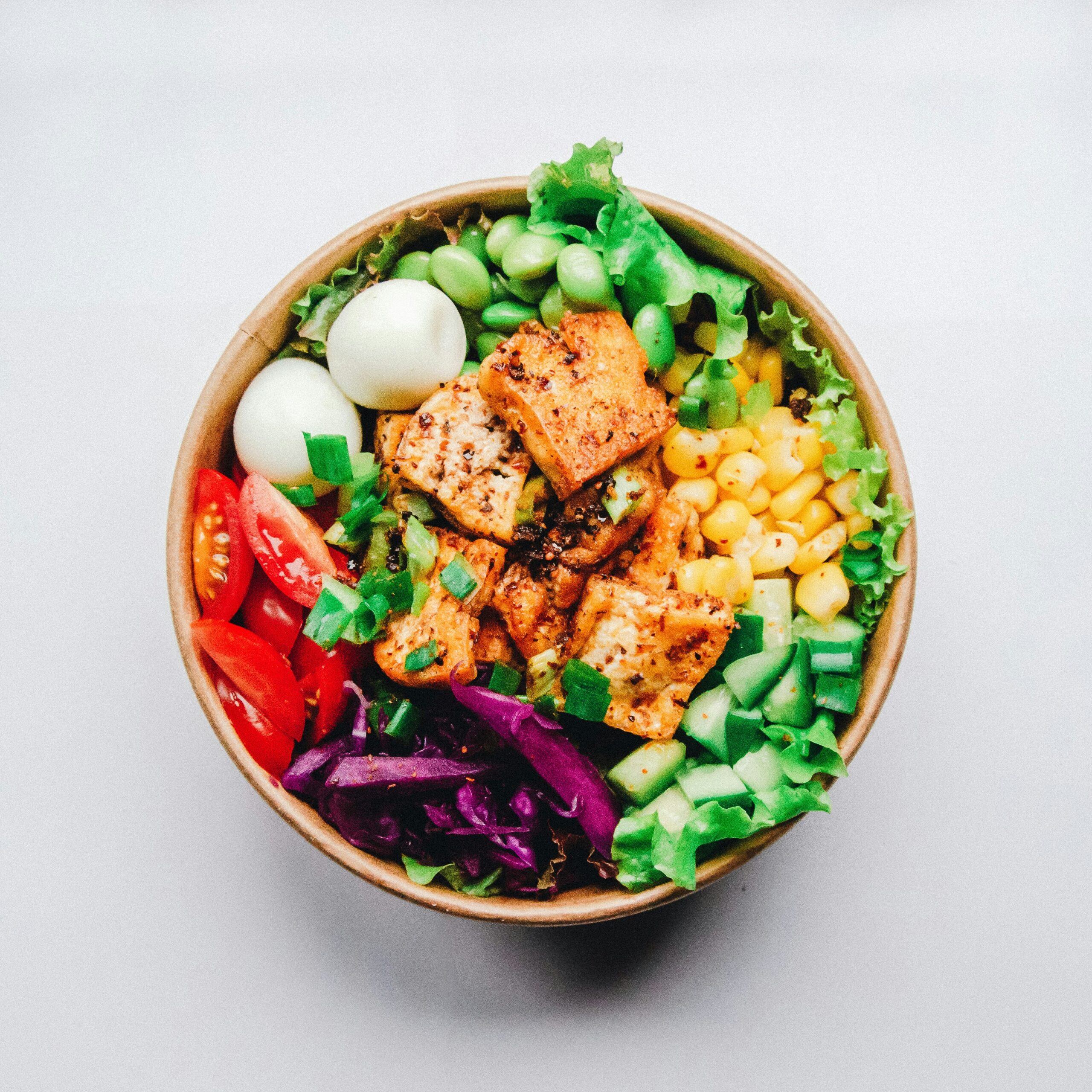Yoga isn’t just about those deep stretches or finding your zen place on the mat. It’s a full-body experience that touches on everything from mental calmness to physical flexibility. So, naturally, what you eat before and after you practice can make a world of difference.
When you finish a yoga session, your body has just put in a considerable amount of work, no matter how gentle the flow. Muscles have stretched, energy stores might have dipped a bit, and your mind’s probably reached a nice, relaxed state. That’s where proper nutrition steps in. Post-yoga foods aren’t just fuel; they’re a vital part of recovery, helping repair and rejuvenate after all that effort.
Think of it this way: yoga brings balance to your body and mind, and the right foods help maintain that harmony. Good nutrition supports everything from muscle repair to maintaining energy levels, ensuring you feel just as good after yoga as you do during it. It’s all about matching the inner calm with physical vitality.
So why focus on nutrition after yoga? Well, imagine your body as a car after a long, rewarding journey. The right food choices not only refuel but optimise its performance for the next ride. That means prioritizing foods that support holistic health, balance energy levels, and nourish the body from within.
Understanding the link between yoga and nutrition allows you to maximize those feel-good effects and maintain consistent wellness. It’s about creating a seamless circle of health where your practice supports your diet and vice versa.
The Best Foods to Refuel After Yoga
Finishing up a yoga session often leaves you feeling refreshed and rejuvenated, but let’s not forget the importance of refueling properly. What you eat after yoga is key to restoring energy and supporting muscle recovery. Your body needs a mix of nutrients to bounce back, and the good news is that there are plenty of tasty options out there.
After yoga, your body craves a blend of lean proteins, complex carbohydrates, and healthy fats. Think of it like giving your muscles the building blocks they need to repair and grow. Foods like grilled chicken, quinoa, or a bowl of brown rice can replenish those energy stores. Throw in some veggies, and you’ve got a balanced plate right there.
Don’t skip out on the power of proteins. They play a major role in muscle repair. A delicious Greek yogurt or a protein-packed smoothie can be super satisfying and beneficial right after yoga. These choices provide essential amino acids that are great for muscle maintenance.
Carbs might get a bad rap sometimes, but not when it comes to post-yoga nutrition. Whole grains and fruits are excellent sources of energy. How about a banana? It’s not just yummy, it’s also loaded with potassium, which helps in muscle recovery and preventing cramps. Add in some nuts or seeds for a boost of healthy fats to keep your energy consistent.
It’s not just about eating anything; it’s about making choices that enhance your yoga practice. By picking the right post-yoga foods, you’re setting the stage for a quicker recovery and keeping that mindful energy flowing.
Foods and Beverages to Avoid After Yoga
Now, let’s steer clear of some food choices that might undo all that hard work on the mat. Not everything is yoga-friendly when it comes to what you consume afterward, and some common picks might even hinder your recovery.
First off, ditch the greasy, heavy foods. Picture a loaded burger or a greasy pizza. These might sound tempting, but they can make you feel sluggish and undo that post-yoga bliss. They’re kind of like throwing a wrench into a well-oiled machine. Rather than nourishing you, they can lead to digestive discomfort.
Another one to watch out for is sugary snacks. Sure, a doughnut might feel like a quick sugar fix, but those refined sugars aren’t doing your body any favors. They offer a false sense of energy that often crashes just as fast as it spikes. This is not the energy restoration your body needs after bending and stretching.
Be cautious with drinks too. Say no to soda or excessive caffeine. They’re known for dehydrating rather than hydrating, which is the opposite of what you want after a sweat session. Such drinks might taste great, but they don’t provide the necessary nutrients or hydration your body craves.
In the grand scheme of post-yoga nutrition, it’s about mindful choices. Keep the focus on foods and drinks that complement your practice, maintaining that body harmony and making the most out of your yoga journey.
Hydration: The Best Drinks After Yoga
Hydration is just as crucial as the stretches and poses you tackled during yoga. After a session, your body is all about restoring its water balance. So, what’s the best way to quench that thirst?
Water, of course, is the go-to choice. It’s clean, refreshing, and exactly what your body needs to recover. Sipping on water throughout the day post-yoga helps replace the fluids lost and keeps your system running smoothly.
Coconut water is another fantastic option. Naturally hydrating, it’s packed with electrolytes and offers that subtle sweetness without any added sugars. Think of it as nature’s sports drink, giving you a refreshing hydration boost along with essential nutrients.
For those who prefer something warm, herbal teas can be a soothing choice. Options like peppermint or chamomile not only comfort but also aid digestion and continue the relaxation vibe you got from yoga.
And while hydrating is essential, it means steering clear of alcohol right after your session. Though that cocktail might look appealing, it’s best saved for later. Alcohol can dehydrate you further, not exactly the outcome you’d want after moving your body into those complex poses.
Keeping your hydration game strong supports quick recovery and maintains that serene state post-yoga. Pick the right drink, and you’ll feel that synergy between body, mind, and spirit, keeping your yoga practice thriving.




